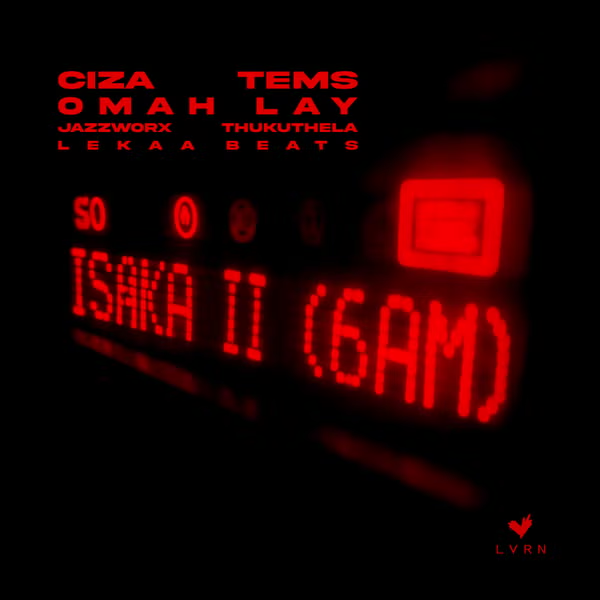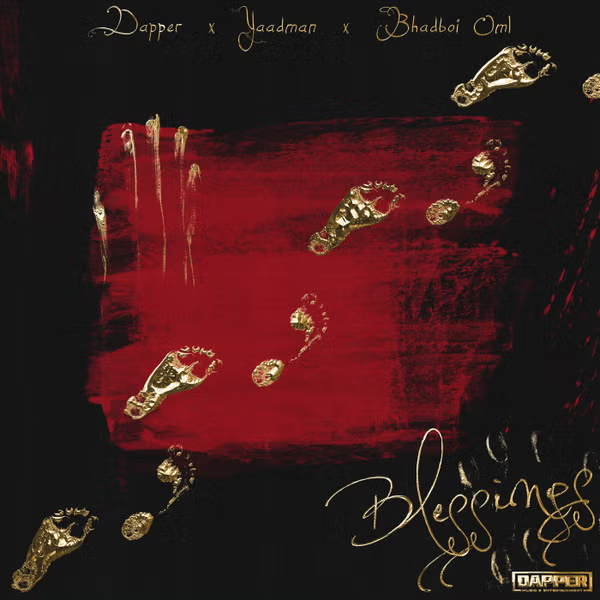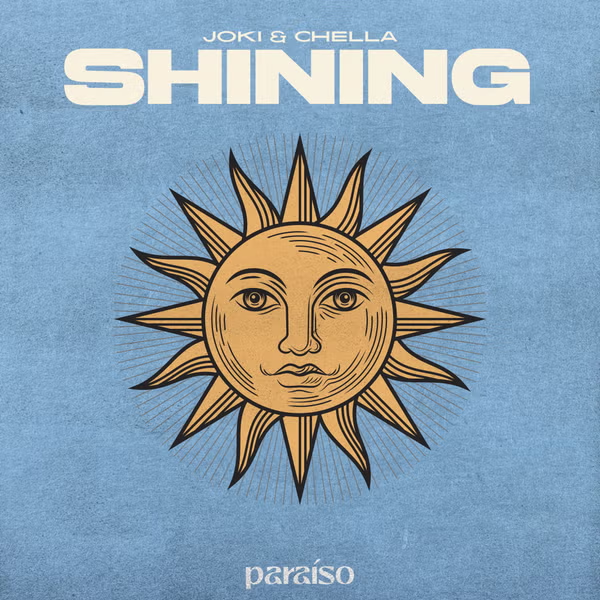Why would anyone choose to eat a raw human placenta? In some countries, mothers eat their own placenta after giving birth to take in other nutrients that the placenta is known to have. This tradition is followed in China, Jamaica, and some parts of India.
Shanghai – After Wang Lan delivered, she brought home a baby girl and her placenta, which she plans to eat in a soup – adopting an age-old practice in Chinese traditional medicine.
The health-giving qualities of the placenta are currently creating a buzz in Western countries, where some believe it
can help ward off postnatal depression, improve breast milk supply, and boost energy levels.
But placentophagy – the practice of eating one’s placenta after birth – is relatively common in China, where it is thought to have anti-aging properties, and dates back more than 2,000 years. Dried placenta is used in some traditional Chinese medicine and is thought to be a restorative, but the practice of placentophagy is a more recent trend in western culture and is not without controversy.
Charlie Poulter, from Reading, is convinced that ingesting a palm-sized piece of placenta within a cocktail of red berries and banana gave her energy after her labour.
“I did drink it rather quickly because I didn’t want to think about it,” she said.
“But I’d just pushed a baby out, I’d had lots of people look at me. It felt insignificant compared to what I had just gone through.
“I thought ‘if this is going to stop post-natal depression and give me some energy, then I can drink three-quarters of a pint of liquid. Man up and drink it’. The 30-year-old’s motivation was pretty clear.
She had been receiving therapy for depression for 18 months when she became pregnant and was concerned about developing post-natal depression.
“I had never heard of placenta encapsulation before but fou
nd out that it could help with the baby blues.
“I was willing to try anything and my husband said that even if it had a placebo effect, it doesn’t matter, it’s not going to harm you.”
IPEN advised her to put her wishes in her birthing plan and inform her midwife.
An IPEN specialist was to make a placenta smoothie at her hospital bedside, so Charlie requested a private room for her labor in June 2011.
A cool box was also an essential item in her hospital bag, so IPEN could store more of her placenta to dry and make it into capsules, which Charlie received within a few days.
Another piece was soaked in alcohol for a tincture, the latter of which she still uses “like Rescue Remedy”.
“My daughter Lillian was my first child, so I have nothing to compare this to, but I had a lot of energy – I didn’t feel completely dead.
“My husband was more exhausted than I was.”
She also says she did not develop post-natal depression and “swears it was the placenta”. She has since become an IPEN specialist herself.
Qin Shihuang, the first emperor of a unified China, is said to have designated placenta as having health properties some 2,200 years ago, and during China’s last dynasty, the dowager empress Cixi was said to have eaten it to stay young.
A classic medical text from the Ming Dynasty (1368-1644) said placenta – which lines the uterus and is key to the survival of the fetus – was “heavily nutritious” and “is taken for the longer term… longevity will be achieved”.
China’s state media says the practice of eating placenta has re-emerged over the past decade. One maternity hospital in the eastern city of Nanjing reported that about 10 percent of new parents took their placenta after childbirth.
Internet postings swap recipes on how to prepare the placenta. One popular health website suggests soup, dumplings, meatballs, or mixing it with other kinds of traditional Chinese medicine.
While trade
in the organs has been banned since 2005, pills containing placentas ground into powder are legally available in Chinese pharmacies – indicating unwanted placenta is somehow making its way to drug companies.
“It is a tonic to fortify the ‘qi’ and enrich the blood,” a traditional medicine doctor at Shanghai’s Lei Yun Shang pharmacy said, referring to the “life force” that practitioners believe flows through the body.
“Sales are very good. Basically, every time we have supplies, they sell out very quickly,” a clerk at the shop told AFP.
And it’s not just mothers who want to eat the placenta.
One new father in Shan
ghai who did not want to be named said his relatives were eager to try the sought-after item. “My wife and I were still in the hospital… and they ate it,” he said.
But strong demand has created a thriving black market with hospitals, medical workers, and even mothers selling placentas in violation of the law.
Last year, authorities investigated a hospital in the southern city of Guangzhou for selling placentas for 20 yuan ($2) apiece.
“They (nurses) take the money and use it to buy breakfast,” a source told a local Xin Kuai newspaper.
They fetch a higher price in other parts of China like the eastern city of Jinan, where dealers ask as much as 300 yuan per placenta, most sourced from hospitals, the Jinan Times said last year.
Last month, South Korean customs said they had uncovered multiple attempts to illegally import over 17,000 capsules apparently containing the powdered flesh of dead babies.
Experts have said the pills may actually be made from human placenta, raising concerns that China’s trade in the organs has started to go international.
Some people, meanwhile, are averse to the idea of eating the organ.
“I know it’s good for health, but the idea of eating human flesh is just disgusting. I cannot do it,” said Shanghai accountant Grace Jiang, who opted to leave the placenta after giving birth to her son.
They are convinced that the magic bullet gives them an energy boost, can encourage breast milk production, and even prevent post-natal depression.
While some claim that placentophagy can prevent postpartum depression; reduce postpartum bleeding; improve mood, energy, and milk supply; and provide important micronutrients, such as iron, there
‘s no evidence that eating the placenta provides health benefits.
Last year, the University of Nevada surveyed women who had eaten their placenta. Many reported health benefits, but, the researchers said, very little work had been carried out to assess this anecdotal evidence.
The Royal College of Midwives (RCM) said there was not enough evidence for the organization to “either support or not support” placentophagy as there had not been enough research on the health benefits.
But spokeswoman Jacque Gerrard said: “Our view is that if a mother wants to keep her placenta, it’s her choice and it should be facilitated.”
She added that while “anecdotally” they were hearing about more women asking to keep the placenta, they could not say if there had been an “actual rise” because it was not something they monitored.
Whatever the health benefits, there is no denying the strong reaction the subject raises whenever placentophagy makes the news.
Mayo Clinic, in the U.S.A, explains that eating your placenta after giving birth (placentophagy) can pose harm to both you and your baby.
The placenta is an intricate organ that nourishes the growing fetus by exchanging nutrients and oxygen and filtering waste products via the umbilical cord.
The most common placenta preparation — creating a capsule — is made by steaming and dehydrating the placenta or processing the raw placenta. People have also been known to eat the placenta raw, cooked, or in smoothies or liquid extracts.
These preparations don’t completely destroy infectious bacteria and viruses that the placenta might contain. The Centers for Disease Control and Prevention has issued a warning against taking placenta capsules due to a case in which a newborn developed group B streptococcus (group B strep) after the mother took placenta pills containing group B strep and breastfed her newborn.
The mother’s breast milk was thought to be infected from group B strep bacteria that she acquired after eating her infected placenta. Group B strep can cause serious illness in newborns.

























![National Population Commission (NPC) Recruitment 2023 [Apply Now]](https://www1.illuminaija.com/wp-content/uploads/2023/03/Beware-of-Fake-Census-Ad-hoc-Recruitment-Link-350x250.jpeg)




